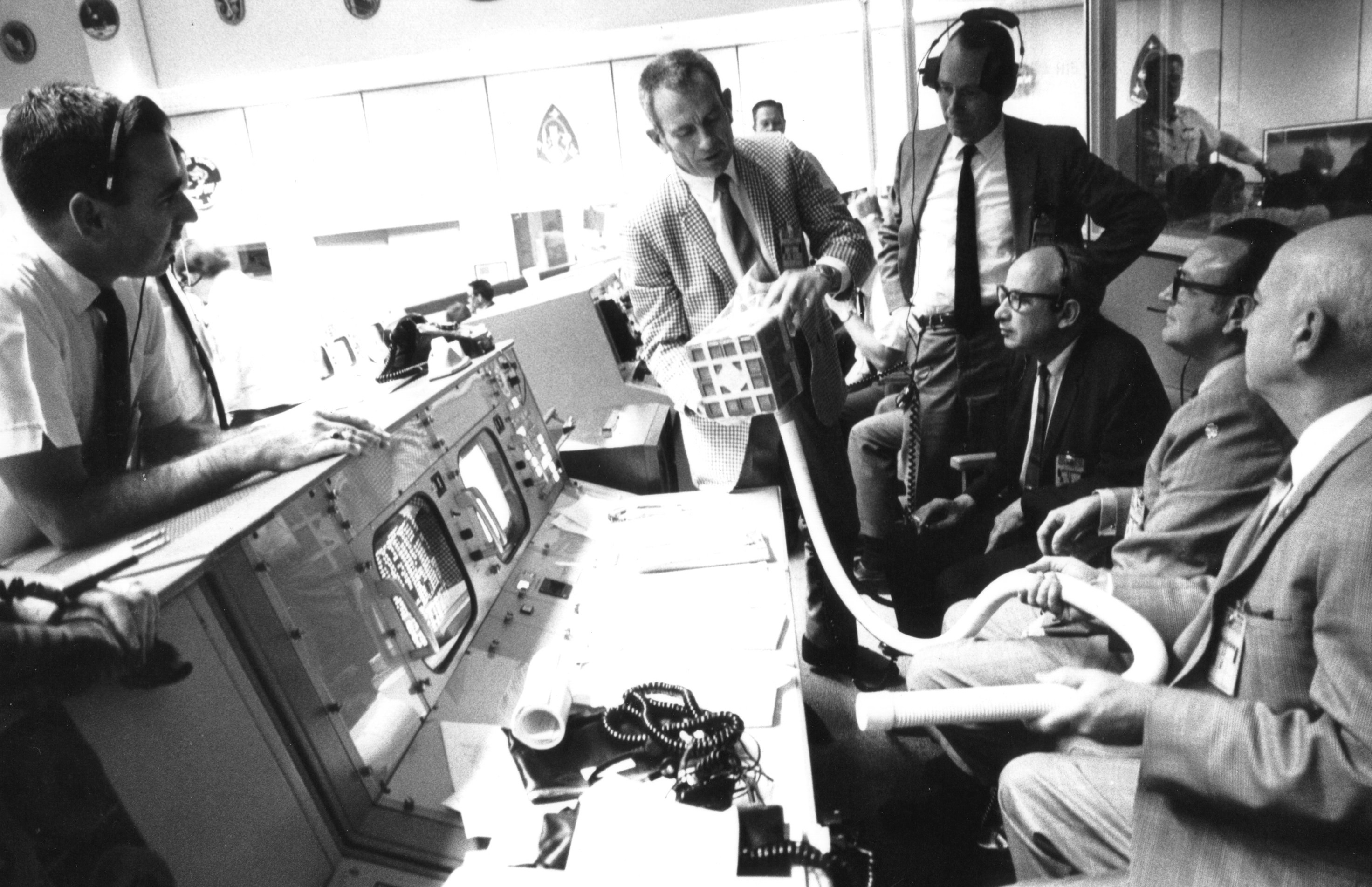An earlier version of this was first posted on June 15th 2017
Traditional change management follows a linear approach, defining a goal, identifying a plan and delivering to that plan. The process is logical and surely unquestionable. The approach to setting targets for change and measuring progress has now been given its own name ‘deliver-ology’. However a sexy new name does not mean there has been a revolutionary change from traditional linear thinking – in fact it is the same old bad thinking in new clothing.
The problem is that organisations do not act in a linear fashion, they are much more complex systems. This means that if you change one thing then something unexpected is likely to happen somewhere else – and what you had intended may or may not happen.
Of course understanding systems can be a difficult thing to do. Instead managers either resort to ‘giving their view’ on things, or setting success measures, kpi’s and so on, based on those views. Having a view on why things are a problem is one thing, but for John Seddon, it is better to get knowledge by collecting data.
He suggests that it is better to define the following:
- Purpose is the definition of why we are here, best understood from the customer (or user’s) perspective.
- Measures allow us to understand what is likely to happen going forward if the systems doesn’t change.
- Method – can be addressed when we understand the data derived from our measures.
Systems Theory tells us that Purpose Measures and Method are fundamentally linked – it is a systemic relationship. This systemic relationship can either work for you or against you depending on how you set things up.
If you impose arbitrary measures then you create a de facto purpose, which is the one that the workforce will follow. This will constrain method. It will prevent people from improving the work.
On the other hand if you derive measures from the users point of view (e.g. customers) and then put those measures in the hands of people doing the work you and enable people to improve method so that measurable improvements can be pursued, then you can systematically deliver success.
The paradox is that in this system, change requires no plan. For Seddon, change is simply an emergent property. Innovation can only occur if you set things up that enable people to innovate in response to the real system of customers and organisation – what happens.
Any attempt to plan change otherwise is fiction, even if people suggest it is rational and logical. Remember logic arises from understanding the inter-connected nature of the system, and not from an accumulation of assumptions.
Instead Seddon suggests that you need to see your organisation as it really behaves – how things work relative to your purpose ‘warts and all’ – because then at least you will know. Once you know that you can respond by innovating – enable people to innovate and oversee the changes that need to happen and you will improve morale.
Reading:
Seddon, J. (2003). Freedom from Command and Control. Buckingham: Vanguard Press.










